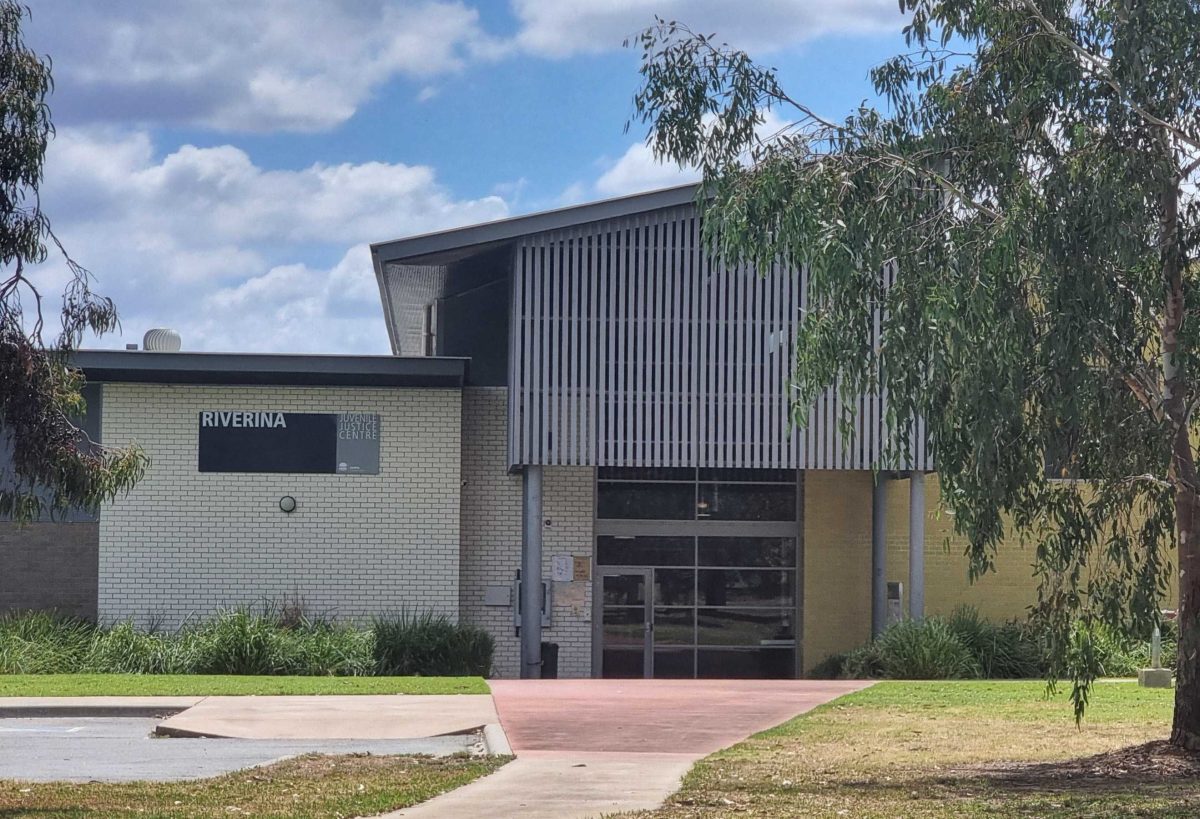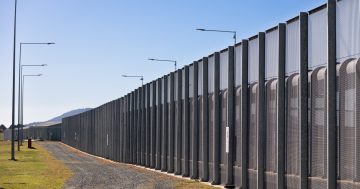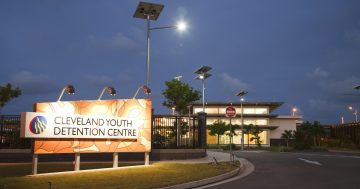
Researchers from CSU are looking into alternative prison models for juvenile justice centres to better support youth re-entering the community. Photo: Shri Gayathirie Rajen.
Research into a new ‘no-cell pro-social’ prison model that looks to provide a sense of belonging to detainees is being carried out across the state.
The model intends to remove jail cells at certain NSW correctional centres and switch the focus of the centres to benefit youth on the wrong side of the law with a sense of community.
Lecturer in social work at the Charles Sturt School of Social Work and Arts, Ms Bianca Rizzo said the model could be effective if it was implemented in the country correctly.
“The ‘no-cell’ prison model originated at Macquarie Correctional Centre six years ago, coming as a contentious decision for the public and justice workers alike for obvious reasons,” Ms Rizzo said.
“As many as 400 maximum security prisoners at the centre were, under certain circumstances, offered extra freedoms within the prison walls as a sign of respect and dignity in the hopes it would create a more peaceful, orderly environment.
“These hopes, for the most part, became a reality as the model has now shown enough success to be considered for other correctional facilities across the state. But focusing a ‘no-cell’ prison model on juvenile justice centres could help alleviate some of the pressures on our adult prisons that follow as a result.”
According to research conducted by the NSW Bureau of Crime Statistics and Research, many young people who enter the juvenile justice system struggle with re-entering the community, with a high number of them reoffending.
The data shows 44.3 per cent of 14- to 17-year-olds and 63.8 per cent of 10- to 13-year-olds found guilty in a court reoffended within the next 12 months.
The ‘no-cell’ prison model looks to address these alarming statistics by creating a positive learning environment for young offenders, specifically during the latter parts of a detainee’s sentence.
The model’s intention is to create less of a culture shock for those re-entering the community.
“Naturally, there will be some young people who may not be suitable for the open-cell model for several reasons, such as mental health or suicidal ideations, dangerous or violent offenders and so on,” Ms Rizzo said.
“It would need to be based on smaller groups of about eight young people, and there would need to be assessments on who is in which group depending on the crime they have committed, to avoid incidents of bragging, planning or encouragement around said crimes.
“Early on in my own career, I did a few shifts at a juvenile justice centre as a youth worker and it was incredibly challenging emotionally and ethically because, by 8 pm, I had to put those kids in a cell, say goodnight and lock the door.
“Is that really the best we can do – lock children in a room? We should be putting the effort into those who are at an age where they are completely capable of change and of turning their lives around.”
Original Article published by Jarryd Rowley on Region Riverina.







